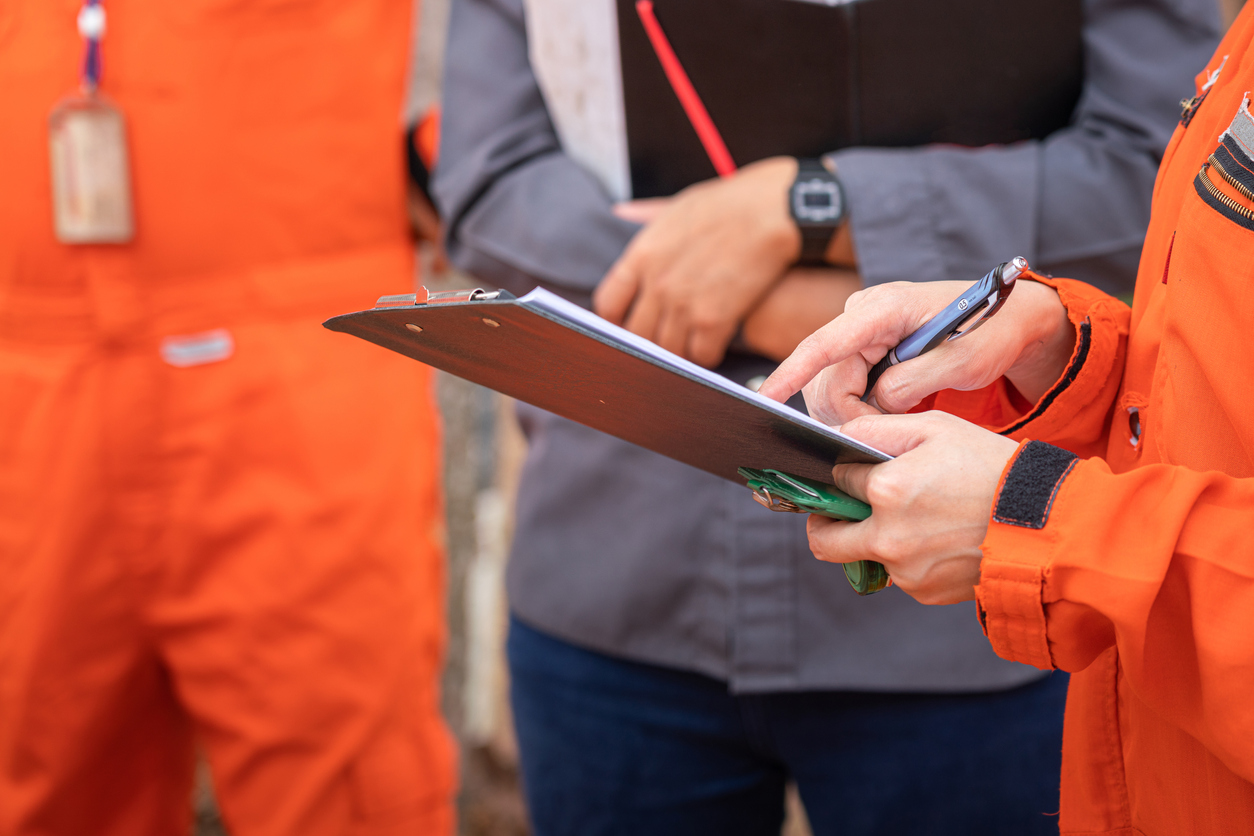Getting employee buy-in is an essential step in building a safety culture. Forming a safety committee is a great way to engage with employees and empower them to work safely. Safety committees are so effective that in some states, they are actually required in the workplace.
On this episode of the WorkSAFE Podcast, we are joined by MEM Safety & Risk Services Regional Manager Sheila Schmidt. She has been working with businesses for more than 20 years to keep employees safe.
First, we’ll explain what a safety committee is. Then, we’ll share the keys to starting one successfully. Finally, we’ll talk about how to measure the success of a safety committee.
Listen to this episode on the WorkSAFE Podcast, or read the show notes below.
What is a safety committee?
A safety committee is a workplace organization that facilitates safety in the workplace. “In some states, they’re actually required,” Schmidt explained. “But even were they’re not required, they’re still impactful and successful.” Depending on the size and needs of the business, a committee’s responsibilities may vary. For example, they may be responsible for:
- Scheduling workplace drills and training courses
- Onboarding and training new employees
- Investigating workplace incidents or near misses
- Regularly inspecting the workplace for potential hazards
- Running safety incentive programs or campaigns
Members of a safety committee often serve as innovators in the business. “They become kind of a point of contact for people who have different ideas or different suggestions in their day-to-day work,” she explained. A safety committee member can bring ideas or concerns to the group and quickly move them forward.
Who can be a member?
Safety committees aren’t necessarily made up of safety experts. “You need a large variety of people to make that successful safety committee,” Schmidt explained. “You want to see people who know different aspects of the operations.” This includes management, supervisors, frontline and production team members, and administrative employees. “They all have a different perspective on the organization and the operations as a whole, and all that different feedback and perspective is really going to be what makes it click.”
Forming a safety committee is also a good option for companies that don’t have a safety manager. Schmidt points out that safety isn’t just one person’s responsibility in the workplace – it’s everyone’s responsibility. A purposeful, accountable group facilitates employee involvement and keeps them more engaged in safety.
The keys to a successful safety committee
At organizations with well-established safety committees, employees are empowered in different ways. Schmidt highlights that members often rotate on and off the committee. As a result, the group always gets fresh perspective and feedback. Matching shirts or recognition by leadership often gives the group a sense of pride and additional responsibility.
If employers want a safety committee to be effective, then they have to equip them with the tools and ability to do so. For instance, setting aside time for meetings, giving the team a budget, and empowering them to actually make changes are all key steps. Doing these things gives the group value and shows that the company is invested in having it around.
Report on results
Even with limited time or budget, a safety committee should be able to share their progress with the organization. This may look like presenting at monthly meetings or reporting in the company newsletter. “Open communication and transparency lets people know that things are still taking place even if they don’t see immediate results,” Schmidt said. It builds support for the committee as they work to make things happen. She recommends that a safety committee:
- Track ideas. Use an Excel spreadsheet to track ideas and concerns. Create a timeline to resolve them and identify any budget needed. Assign each one to an employee. This allows the committee to stay on task.
- Take minutes. Good discussion creates good solutions. Have one committee member be responsible for taking minutes during a meeting so ideas can be revisited later.
- Post progress. Share what the committee plans to work on throughout the year. This can be done through the Excel spreadsheet, or even a break room poster. This helps keep the committee accountable to other employees.
Measuring the success of a safety committee
For many, the ultimate goal of a safety committee is stopping claims. However, there are other worthy outcomes that a group like this accomplishes. For example, if a safety committee starts a monthly inspection process and completes them successfully for a full year, it’s twelve more inspections than were accomplished the year before. It’s a measurable goal with a great outcome. Further, it goes a long way towards making the workplace safer and taking preventative action.
“It’s often easier to have short term goals to measure your success instead of the grandiose long term goals of say, zero claims,” Schmidt shared. “That’s where we want to get, but we also need those shorter milestones to get there.” Smaller goals, like reducing injuries, premium costs, or claims frequency all help accomplish larger safety goals.

